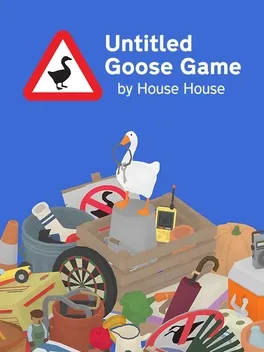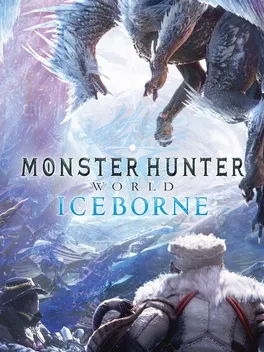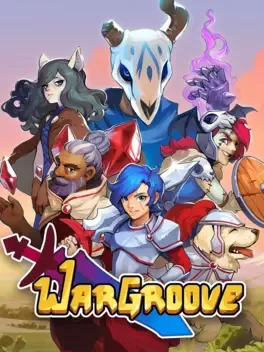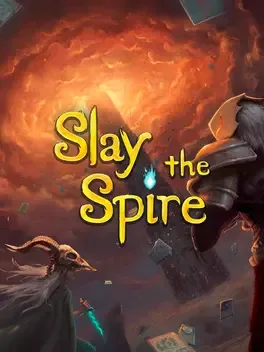Tom Marks
This author account hasn't been claimed yet. To claim this account, please contact the outlet owner to request access.
Writing For
Latest Reviews
Blue Prince's ever-shifting halls and rich web of enticing mysteries easily secure its place as an all-time puzzle great.
Monster Hunter Wilds continues to smooth off the rougher corners of the series in smart ways, making for some extremely fun fights but also lacking any real challenge.
Wattam is a weird and wild fever dream of a game, but it’s the most enjoyable fever dream I’ve ever had. Its loop of using ridiculous, anthropomorphic characters to complete simple tasks in order to gather more ridiculous, anthropomorphic characters succeeds thanks to the silly and fun situations it puts you in, even if it’s not the most complex or challenging loop to begin with. I can’t help but feel like some of the most interesting ideas Wattam uses to shake things up aren’t fully explored, but being a part of this friendly world, however briefly, is a true joy.
Video games have made me a god, a superhero, and a savior of planets, but rarely have I felt more powerful than in Untitled Goose Game. Being given control of this feathered menace and armed with a checklist of hilarious, dickish tasks to complete is some of the most fun I’ve had with a game all year. My only real complaint is its fairly short runtime – I would have gladly spent hours longer goosing around. But even still, the charming design of its world and the clever challenges within it had me laughing, smiling, and eagerly honking the whole way through.
A true beast of an expansion, Monster Hunter World: Iceborne adds a boatload of impressive new and returning monsters and improvements to an already incredible game. It’s almost big enough to be a sequel in terms of the sheer amount of content it adds – even if it leans a little bit too heavily on Subspecies and Variants of familiar monsters at times (though that’s an issue veteran fans may not be bothered by as much). Iceborne is exciting and creative throughout, reiterating Monster Hunter: World’s place as one of the very best games of this generation.
Far: Lone Sails is a gorgeous little game. Like the machine that acts as your stalwart partner the whole way through, it can be clunky at times, but any bumps in the road are easily paved over thanks to some beautiful environments, plenty of exciting encounters, and the absolutely stunning music that accompanies it all. Its full of stressful challenges that made me truly care for the vehicle that carried me through them, and very few games have matched the moments of absolute bliss that come from unfurling my sails and peacefully cruising along with its fleeting fair winds.
Trover Saves the Universe is a short and sweet VR platformer wrapped in one of the most ridiculous video game stories you’ll ever see. Justin Roiland and Squanch Games have done an excellent job of taking the ludicrous, freeform humor of Rick and Morty and molding it around a straightforward but enjoyable 3D brawler – even if it’s lacking the complex and well-crafted plots the best episodes of that show are known for. It loses something when played in 2D, but takes such great advantage of its unique VR mechanics that it’s one anyone (or at least anyone over 17, given its rating) with a headset should try.
Yoshi’s Crafted World is an engaging and charming platformer that is absolutely worth playing, but it misses a clear opportunity to be more than that by not taking full advantage of its most clever ideas. It has enough creative collectibles to make completionists want to hunt down every last one, but I’m disappointed Crafted World didn’t challenge me more in the way its last few levels proved it could have. Of course, I still thoroughly enjoyed every adorable hour I spent with it.
Wargroove is the Advance Wars successor its long-neglected fans have been waiting for. It faithfully revives the tactics I loved that series for while putting plenty of its own spins on the concept. Campaign levels do have a tendency to go on longer than they should considering its lack of mid-match saving outside of being able to quit and pick back up where you were later. But when you add in its extra modes, loads of unlockables, and amazing level editor and it’s a game I’m excited to keep playing far past its campaign.
Slay the Spire takes some of the best parts of deckbuilding games, roguelikes, and dungeon crawlers and mixes them into a wholly new and extremely satisfying package. It encourages experimentation, gives you time to make mistakes, and will challenge you immensely as you navigate your way through floor after floor of entertaining, puzzle-like fights. It’s an idea so good that it’s inspired a dozen games like it before it even left early access, but is executed so well that none of them even come close to matching it.









